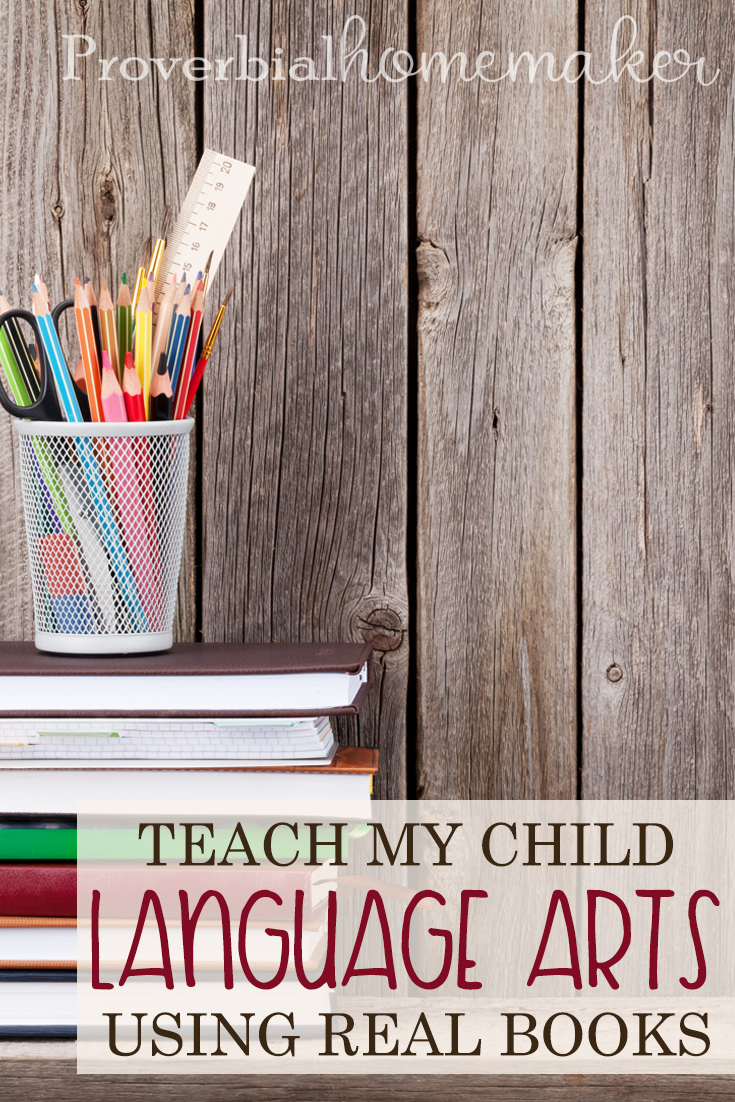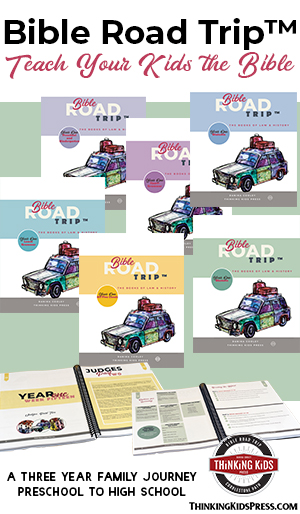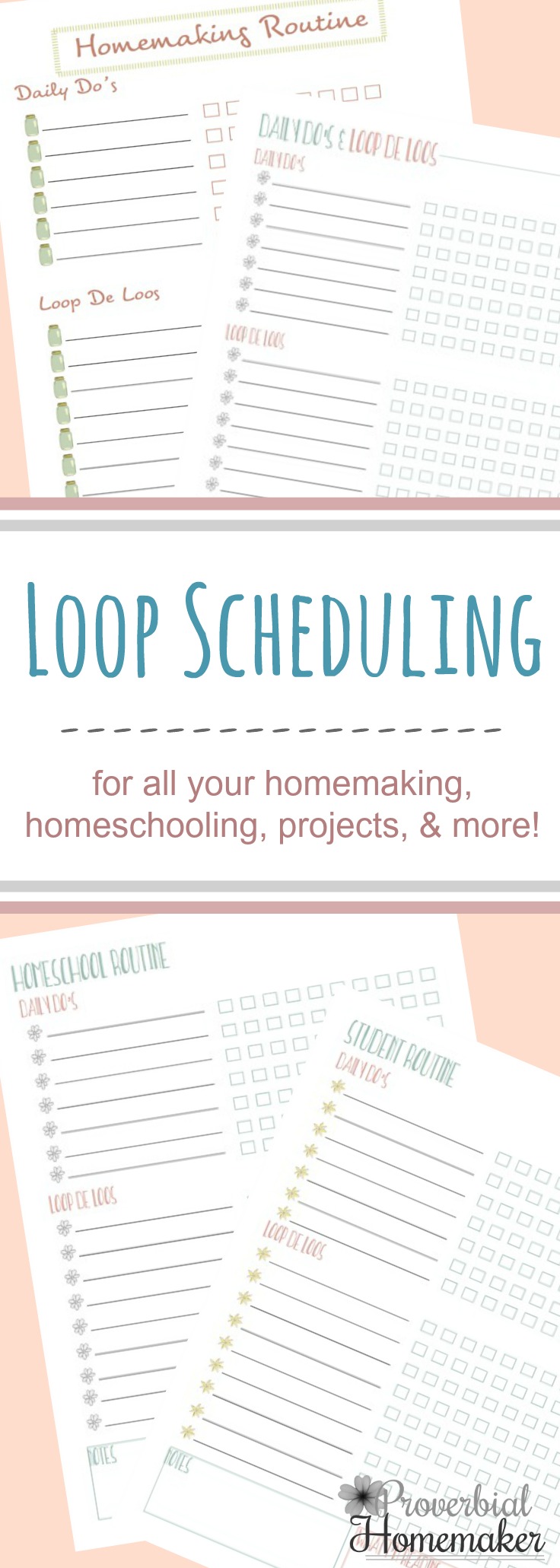So many of us grew up learning Language Arts using textbooks. And no, those texts aren’t all bad. But we have the opportunity as homeschoolers to rethink how we educate children. We can build upon what we know about how kids learn language skills and teach Language Arts with real books.
Disclosure: *This post may include affiliate links. As an affiliate, I earn from qualifying purchases. Read the disclosures and terms for more information.
Why We Should Teach Language Arts with Real Books
1. Because children learn language skills naturally.
Think about how your children learned to talk. They listened to those around them, imitated sounds, began to use words then added phrases and eventually sentences. It was messy at times. They made mistakes, but over time they learned to speak correctly following the rules of grammar.
Students can learn to write in much the same way: imitating and experimenting with language, making mistakes and trying again, then eventually finding their own voice.
So we can teach Language Arts, the way children naturally learn, by using real books.
2. Because Language Arts is a whole subject made up of many parts.
Language Arts, though composed of many different parts, is ultimately one connected subject. Because of this it doesn’t make sense to look at the parts as completely different subjects. Yes, we can concentrate on certain areas, but we have to continue to bring it back to the whole. When we teach Language Arts using real books, then kids can see how writers put it all together. Students can make connections between language skills and how authors use those skills in their writing.
Often when we teach language skills separately, students don’t make the connections on their own. Have you ever seen any of these issues in your own children?
- They study a list of spelling words, make a 100 on their test, and then turn around and misspell those words in their own writing?
- They memorize lists of vocabulary words but aren’t able to incorporate them into their speech or writing?
- They can do exercise after exercise in their grammar books but then struggle when they have to write something original?
When they use real books they will learn in context of the written word. They will absorb the rules of language, internalize vocabulary, and see how it works together.
3. Because real books are written by real writers.
Many of us learned to write from teachers, not writers. And I am so thankful for the many incredible teachers that give and give to our kids each day. But there is a difference between learning writing from a teacher and learning writing from an author. Both have value, but in general writing teachers emphasize formats (especially the five paragraph essay), grammar rules, and the mechanics of writing. It’s simply how many writing teachers teach.
But authors:
- Let the message determine the format they choose
- Tend to be passionate and knowledgable about their subject
- Weave together literary language and devices to advance the message and beauty of their writing
- Choose impactful words to further their message or story
Children can learn the craft of writing from those who do it professionally when we use real books to teach Language Arts.
The Basic Tools to Teach Language Arts with Real Books
To teach Language Arts with real books you’ll need a few tools in your language tool box. But don’t worry! Theses tools aren’t complicated to use can easily be incorporated into your language lessons. (And you may find you are already doing many of them!)
Reading Aloud
There are many benefits to reading aloud to your children, but one is how you can use those books to teach Language Arts skills. Yes, read for the story, read for the information, read for whatever the intended purpose of the written work is. But also read with awareness of how the author is crafting their writing. Take the time to point out descriptive language, the use of literary devices, or anything else that captures your attention.
You don’t have to know all of the terms. Simply point out a few good passages and ask: What makes this good writing? But if you do want to brush up on your own skills, then check out the following resources:
And just remember that reading aloud can include a variety of different reading forms. Good literature, poetry, and non-fiction are all great options.
Narration
Narration is simply a retelling. After reading you can ask you children to tell you about what was read, or you can be more specific with questions like “What was the most interesting part of the reading today?” or “Tell me about _____ (a specific event in the reading)”.
And if you need to be a little sneaky because your kids balk at the idea of narration, ask them to tell someone else about what they have read. For example, around the dinner table you can say, “Hey, tell Dad about the story we read today!”
Copywork/Dictation
Copywork is where children copy a word, sentence, phrase, paragraph or passage from an example or book. Your youngest learners might simply copy their letters this way, but as they get older they can learn more and more. Some of my favorite copywork passages include opening paragraphs to books so they see how authors grab the reader’s attention. Other passages that work well include those that exemplify a specific grammar rule they are trying to learn, examples of literary language, or compelling dialogue.
Think of dictation as the close friend of copywork. In dictation, the teacher reads the passage aloud and the student writes down what is being said. It’s a more advanced skill, so don’t feel like you need to rush your child. In dictation they are translating spoken language to written language. This requires many decisions as they write, so in the beginning be sure to go slow and help them.
Language Activities
In her books The 3Rs and You Can Teach Your Child Successfully, Dr. Beechick lists multiple activities you can use to teach language skills from real books. And over time you’ll start thinking of ones yourself. But just to get you started, here are a few children enjoy:
- Rewrite a paragraph or passage in another tense. For example if it is written in 3rd person, change it to 1st person.
- Write a selection of poetry as prose or prose as poetry.
- Predict what will happen in the next chapter of the book you are reading.
- Choose different verbs in a paragraph. How did it affect the writing?
- Rewrite dialogue as prose.
- Pretend you are a character from a book and write a journal entry as if you are that person.
- Pretend you are a character from a book and write a letter to another character.
- Tell a story from a different point of view. This works great for short children stories like The Three Bears. How would Goldilocks tell the story?
These activities will require that students understand more about language, writing, and story than a list of exercises in a text book. And they can be a lot more fun too.
So go ahead. Get rid of the textbooks and teach Language Arts with real books instead!

She is also the author of the Middle School Extensions for the Trial Guide to Learning series and the Social Media Manager & Content Coordinator for Homeschooling Today Magazine. And you’ll find her creating delightfully different curriculum and resources for Your Virtual Homeschool Group by Homeschool Mastery Academy.







 by Stephanie, The Multi Taskin' Mom
by Stephanie, The Multi Taskin' Mom
This Post Has One Comment
military weaponry project. That would fit well with our studies this year.
reading out loud fits so well with language arts… so much exposure to good writing and words.